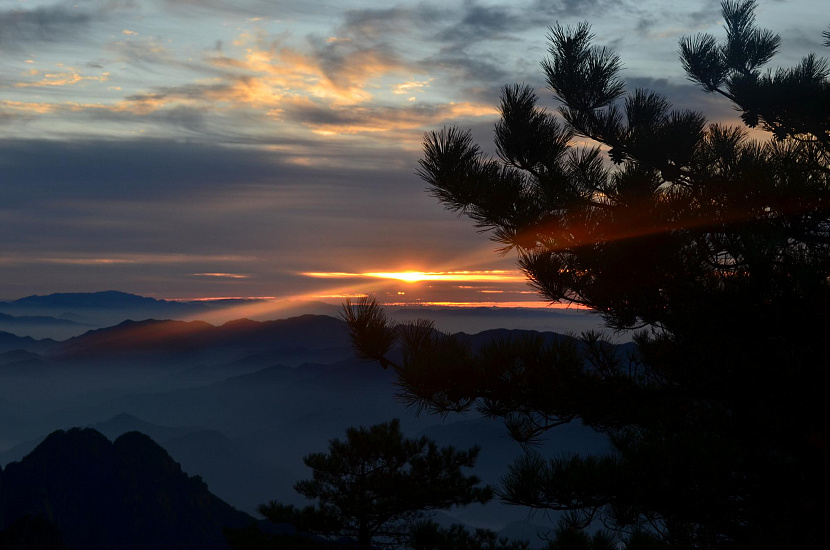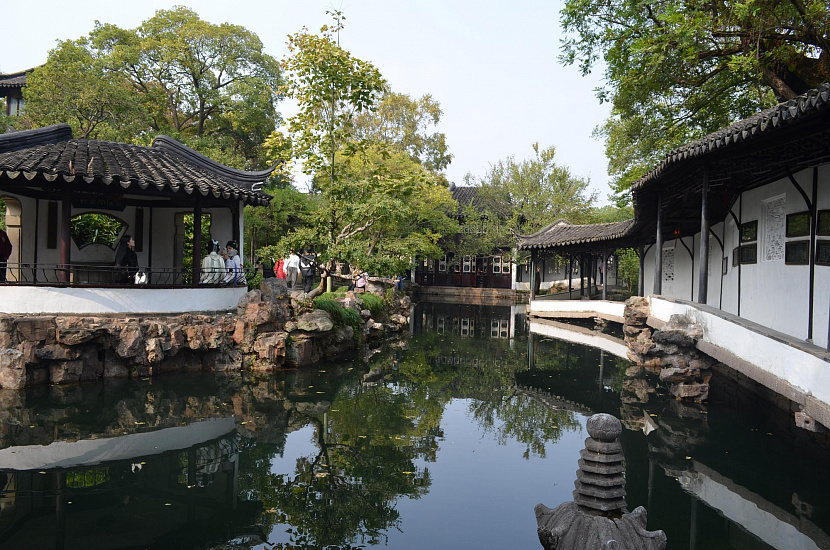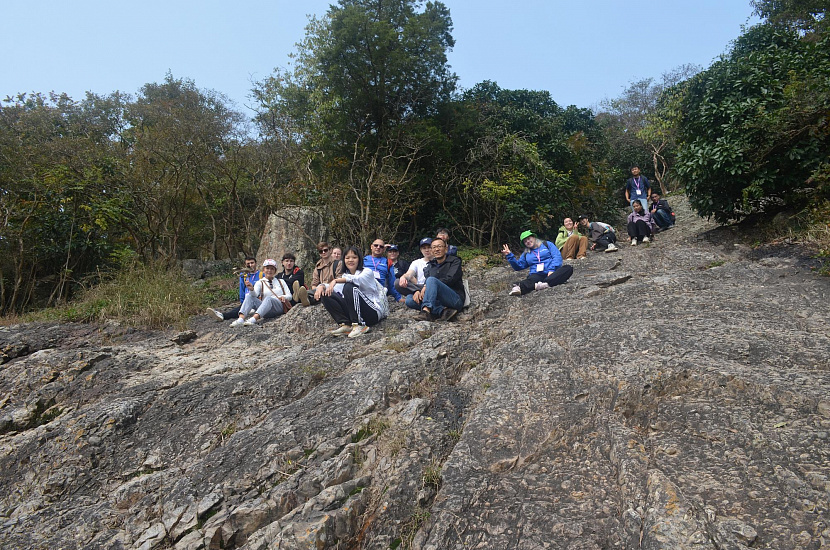INRTU Siberian School of Geosciences Joins Russia-China Expedition in the Yangtze River Valley
INRTU students have recently participated in Russia-China expedition in the vicinity of Nanjing city and the Yangtze River delta, focusing on the geological, hydrogeological, and ecological characteristics of the southeastern sector of the South China craton, particularly within a subduction zone where one tectonic plate is being forced beneath another. This expedition was part of the Priority 2030 Program.
The expedition was led by Larisa Auzina, head of the Hydrogeology Laboratory at the INRTU Siberian School of Geosciences (SSG). The research team included Prof. Konstantin Konstantinov and postgraduate student Svetlana Gantimurova, as well as a group of students fr om the third to the fifth year of study. These students specialize in various fields, including hydrogeology, geophysics, geoinformatics, geology, and chemistry. In total, the INRTU group consisted of ten participants.
Five students from Nanjing University, including marine geologists, geographers, and Russian language specialists, joined the expedition. Additionally, future geography teachers from Nanjing Normal University also took part in this scientific and practical trip. The group of Chinese researchers was headed by Prof. Zhang Yongzhan from Nanjing University.
As Larisa Auzina explained, the focus of the Sino-Russian team's research was on endogenous and exogenous processes of both natural and anthropogenic origin, which are key components of the environment, along with the dynamics of their transformation. The researchers were particularly interested in how these processes respond to global changes, occurring under the influence of natural and man-made processes within rapidly developing urban areas in the Yangtze River Valley. Before embarking on the expedition the professors from Nanjing University provided the Irkutsk team with an overview of the region's natural conditions.

"The trip covered approximately 1165 kilometers, including 14 routes and 42 viewpoints. These included volcanoes, rivers, lakes, reservoirs, geothermal springs of different temperatures and compositions, gravitational processes (landslides and rockfalls), karst caves, and high-altitude fracture zones up to 1864 meters.
In addition, we explored sites of historical and cultural significance that reveal the national features of the country and its people. These included the Temple of Confucius, the city of Zhujiajiao (often referred to as the Venice of Shanghai), an ancient settlement of the 12th century on the slopes of Danxia mountain range wh ere the residents practice Taoism, and many other remarkable places.
The expedition took place in an area influenced by a subtropical oceanic climate. The weather was mild and warm, with noticeable differences between the valleys and the highlands. We were lucky, it rained only once, the daytime temperature reached up to +22°C, and at night it never dropped below +6°C," said Larisa Auzina.
After completing their field activities, the students divided into three Russian-Chinese groups and analyzed the information they had gathered during their routes, supplemented by the relevant academic literature. They then presented their findings to both Chinese and Russian teachers.
“The reports covered a wide range of topics, including the identification of indicators of subduction processes in East Asia, the evaluation of the role of contemporary geological processes in shaping the geomorphologic and physical-geographic conditions of southeastern China, and the investigation of the conditions of natural water formation in the valleys of the Yangtze and Qiantang rivers.
This is the first phase of the research project. The teams will then collect additional material and continue their investigations. The findings on the formation and evolution of geological processes in the subduction zone of the South China Craton compared to those in the Central Baikal Rift Zone are particularly interesting, especially after the "Baikal, the Pearl of the World" Russia-China expedition which took place in July 2024.
We are planning joint reports with Chinese students and colleagues at upcoming conferences such as the Igoshin Readings 2024 and Geosciences 2025, as well as the preparation and publication of articles in selected areas,” emphasized Larisa Auzina.
Angelina Karayeva, a fifth-year student and future geoinformatics specialist, shared her impressions of the trip. As a research assistant at the Siberian School of Geosciences, Angelina is involved in both fieldwork and laboratory studies, and she presents her findings at relevant conferences, including the CASE IN engineering championship. In her view, the international expedition is an excellent opportunity to immerse herself in her profession and improve her spoken English.

"Professors from Nanjing University organized lectures on the geology of southern China and led excursions to important sites. This experience helped me gain a deeper understanding of the processes in the Earth's crust. At the same time, I was able to overcome the language barrier in intercultural communication while expanding my professional horizons. The students from China are very receptive, which made the expedition mutually beneficial.
We collected a considerable amount of information, some of which we will present at university conferences and publish in the Earth Sciences and Mineral Resources journal. I believe that this experience will be interesting for anyone who plans to retrace our routes. I, myself, would not refuse a new expedition if the opportunity arises," said Angelina Karaeva.
Photo credit: Larisa Auzina























